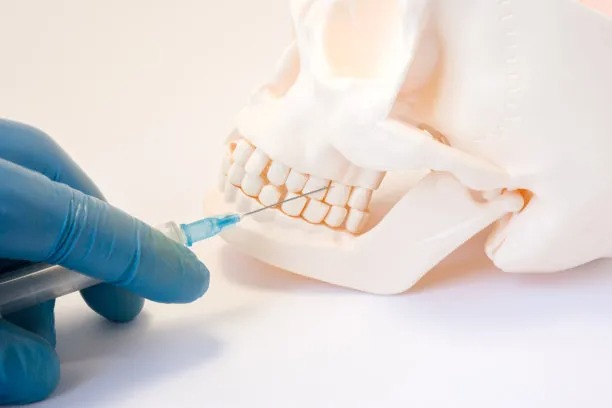The Process and Aftercare of Extracting a Tooth for Optimal Oral Health and Recovery
Summary: Tooth extraction is a significant dental procedure that, when necessary, prioritizes both oral health and patient comfort. This article delves into the meticulous process of extracting a tooth, outlining the essential steps involved and emphasizing the importance of proper aftercare for optimal recovery. The discussion is organized into four key aspects: understanding the reasons for extraction, the procedure itself, post-extraction care, and signs of complications. Each section provides insights aimed at ensuring patients are well-informed and prepared for their dental journey, ultimately enhancing their recovery experience and long-term oral health.
1. Understanding the Reasons for Tooth Extraction

Tooth extraction may be necessary for several reasons, primarily revolving around the health and integrity of the mouth. One of the most common reasons is severe tooth decay, where dental cavities progress to the point of causing irreparable damage. In such cases, repairing the tooth becomes impractical, necessitating its removal to prevent further complications.
Another frequent reason for extraction is periodontal disease, which affects the gums and can ultimately lead to tooth loss if not addressed. When the structures supporting the teeth become compromised, it may be safer to extract the affected teeth to protect surrounding healthy teeth and facilitate healing.
Additionally, crowding is often a factor in decision-making regarding extraction. In orthodontic treatments, dentists may recommend removing a tooth or two to create adequate space for the alignment of remaining teeth, ensuring a healthier and more functional bite.
2. The Tooth Extraction Procedure Explained
The tooth extraction procedure begins with a thorough examination and consultation with the dentist. X-rays are often used to assess the tooths root and the surrounding bone structure, allowing the dentist to plan the extraction meticulously. The patient is then administered anesthesia to ensure a pain-free experience during the procedure.
Once anesthesia takes effect, the dentist uses specialized instruments to loosen the tooth from its socket. For teeth with multiple roots, this might involve breaking the tooth into smaller pieces for easier removal. The entire process can vary in duration depending on the complexity of the extraction.
After successfully extracting the tooth, the dentist will take measures to control any bleeding, often placing gauze over the extraction site. Instructions for care are provided, emphasizing the importance of resting and avoiding certain activities immediately following the procedure.
3. Essential Post-Extraction Care Guidelines
Post-extraction care is crucial for optimal recovery and involves several simple yet effective practices. Most importantly, patients are advised to bite gently on a gauze pad for a few hours post-extraction to help clot formation and minimize bleeding. Changing the gauze consistently is also recommended.
It is essential to maintain oral hygiene while avoiding the extraction site during brushing for the first few days. Rinsing the mouth with warm salt water can aid in the healing process but should be done gently to avoid dislodging the blood clot.
Additionally, following specific dietary guidelines enhances recovery. Soft foods like yogurt, mashed potatoes, and smoothies are ideal in the initial days after the extraction, while hot, spicy, or hard foods should be avoided to prevent irritation or injury to the healing tissue.
4. Recognizing Signs of Complications After Extraction
While recovery generally proceeds smoothly, being aware of potential complications is vital. One common issue is dry socket, which occurs when the blood clot at the extraction site dissolves or dislodges, exposing the bone. This condition can result in severe pain, often requiring additional treatment.
Infections are another risk post-extraction, presenting symptoms such as increased swelling, persistent pain, fever, or an unpleasant taste in the mouth. If any of these signs occur, contacting the dentist promptly is essential for appropriate intervention.
Lastly, while some discomfort and swelling are expected, excessive pain that worsens over time may indicate an underlying issue. Patients should not hesitate to reach out to their dental care provider if they experience worrisome symptoms or feel uncertain about their recovery progress.
Summary:
Understanding the reasons for tooth extraction, the detailed procedure involved, essential aftercare, and recognizing signs of complications is vital for ensuring optimal oral health and a smooth recovery process. By being informed and prepared, patients can alleviate anxiety and foster a proactive approach to their dental care.
This article is compiled by Vickong Dental and the content is for reference only.



